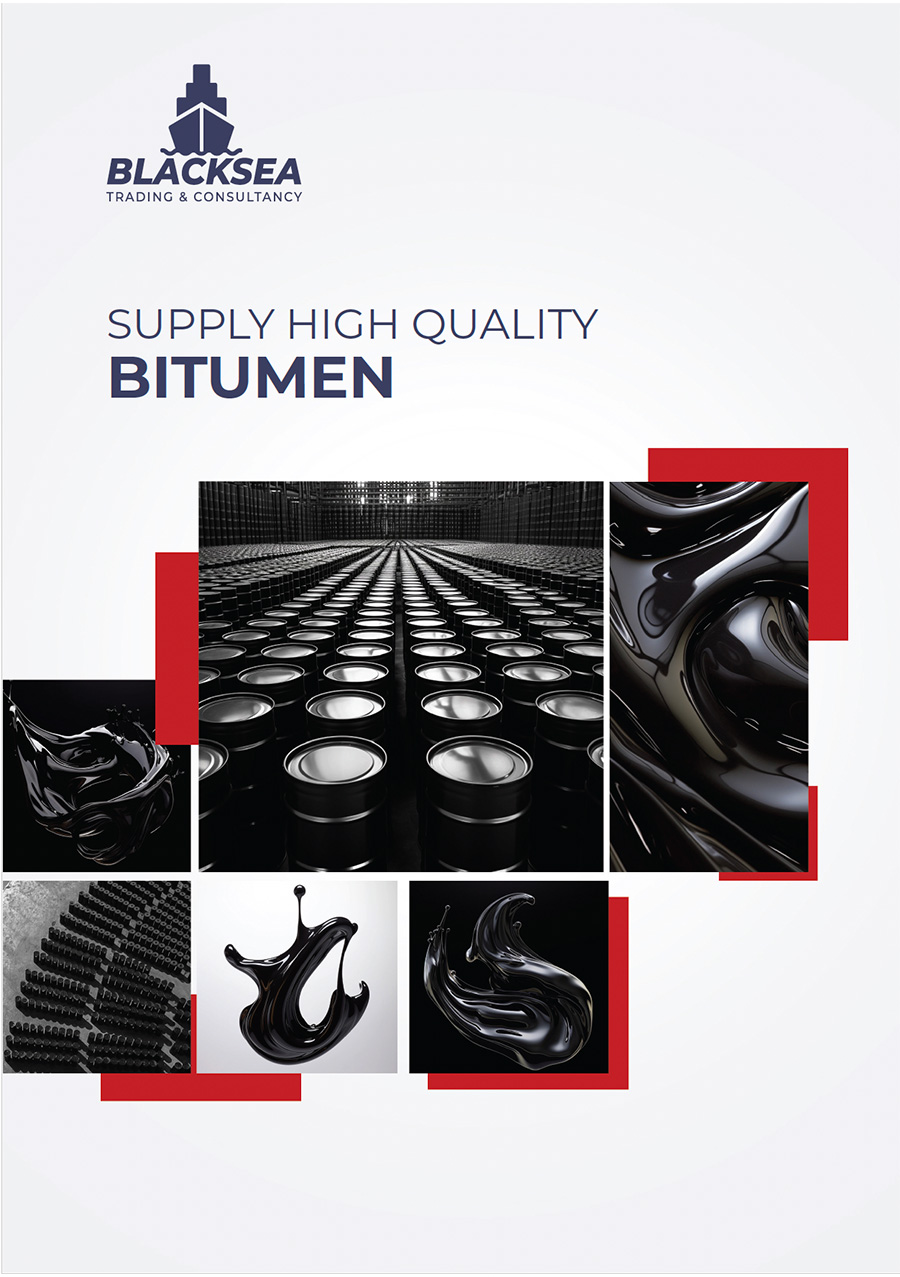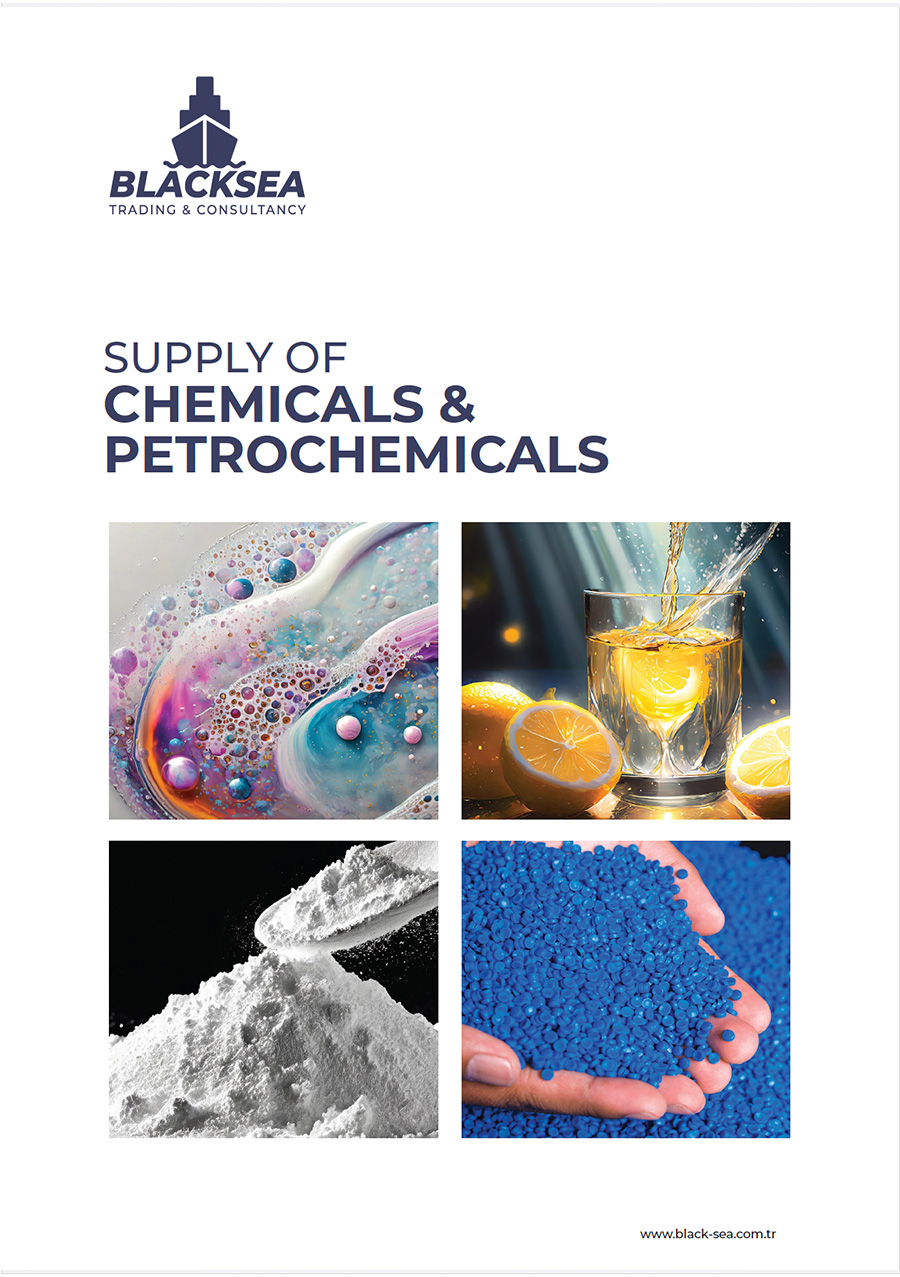
In international petroleum trading—especially with refined products like EN 590 (10 ppm diesel)—pricing accuracy and risk mitigation are essential. Three of the most widely used contractual mechanisms to manage pricing volatility and product specifications are:
- Brent Escalation
- Currency Rate Adjustment (Forex Escalation)
- Density-Based Price Adjustment
These clauses are often embedded into long-term or high-volume contracts to ensure that both buyer and seller are protected from macroeconomic and technical shifts beyond their control.
🛢️ Brent Escalation
What Is It?
Brent Escalation refers to the practice of adjusting the final product price based on the fluctuation of the Brent crude oil benchmark price, which is a global reference for the pricing of petroleum products.
Because diesel fuel prices are inherently linked to the price of crude oil, changes in the Brent benchmark directly affect production and market pricing. Brent Escalation ensures that the agreed contract price remains fair by indexing it to actual market conditions.
How It Works:
A base Brent price is defined in the contract (e.g., $80 per barrel). If the Brent price changes beyond a predefined threshold, the product price per metric ton (MT) is adjusted according to a fixed escalation coefficient.
Example Formula:
Adjusted Price (USD/MT) = Base Price ± [(Actual Brent – Base Brent) × Escalation Factor]
Currency Rate Adjustment (Forex Escalation)
What Is It?
Currency Rate Adjustment, also known as Forex Escalation, addresses the fluctuations in the exchange rate between the contractual currency (usually USD) and the local currency used by the buyer.
This clause ensures that the buyer’s local cost remains manageable even if currency devaluation occurs, and likewise protects the seller in case of a strengthening foreign currency.
📈 Example Formula:
Adjusted Local Price = Adjusted USD Price × (Actual FX / Base FX)
Density-Based Price Adjustment
What Is It?
This clause adjusts the invoiced price based on the actual density of the delivered product at 15°C, especially when the product is priced per metric ton but transported and measured by volume (liters or cubic meters).
Since fuel density affects how many liters equal a metric ton, even slight deviations in density can lead to significant differences in total value.
How It Works:
The contract defines a reference density (e.g., 0.842 kg/l @15°C). If the actual density of the delivered fuel deviates from this reference, the invoice is recalculated based on the actual weight received.
📈 Example Formula:
Metric Tons = Liters Delivered × Actual Density ÷ 1,000
Adjusted Invoice = Actual MT × USD/MT Price
🧮 Practical Scenario:
- Contract Volume: 10,000,000 Liters
- Reference Density: 0.842 kg/l
- Actual Density: 0.840 kg/l
- Unit Price: $750/MT
Reference MT: 8,420
Actual MT: 8,400
Price Adjustment: 8,400 × 750 = $6,300,000
In this example, a 0.002 kg/l decrease in density results in a ~$15,000 difference in total value.
📄 Recommended Clause:
“In case the actual product density at the time of delivery deviates from the contractual reference density of 0.842 kg/l (measured at 15°C), the final invoiced amount shall be adjusted based on the actual metric tons received, as confirmed by independent inspection.”
Summary
| Mechanism | Protects Against | Applied To | Adjusts What? |
|---|---|---|---|
| Brent Escalation | Crude oil market volatility | Refined fuel pricing | Product USD/MT price |
| Currency Rate Adjustment | FX fluctuations | All international trades | Local price in buyer’s currency |
| Density-Based Price Adjustment | Product specification variation | EN 590, Jet A1, D2 | Final invoiced quantity/value |
Incorporating Brent, Forex, and Density-Based Escalation Clauses into petroleum contracts provides a robust, adaptive pricing model that responds to both market and product realities. These mechanisms enhance transparency, fairness, and long-term commercial viability – especially in large-volume, cross-border energy transactions.
References:
https://www.spglobal.com/commodityinsights
https://www.theice.com/products/219/Brent-Crude-Futures
https://www.astm.org






